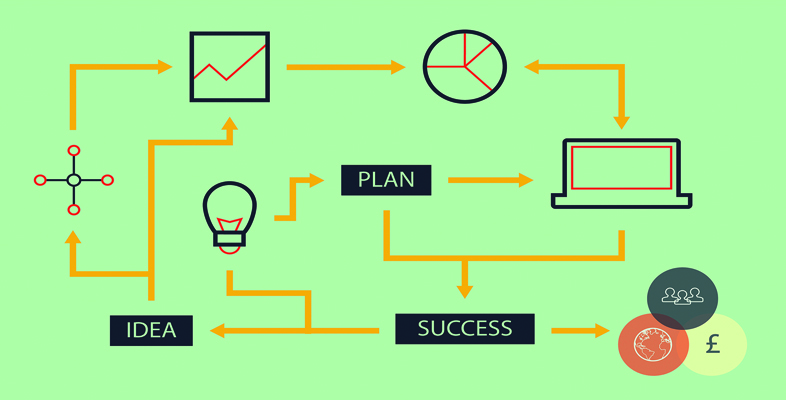1.3 Defining the terms of a business model
While some of the terms used in the three models of business – the traditional product-oriented system, McKinsey’s value delivery system and the business model canvas – may be familiar or obvious to you, it may be useful to check on your understanding in Activity 1 before continuing.
Activity 1 Describing the business model canvas
First watch the short video which defines a number of terms and brings the business model canvas to life. Then match the definitions to the terms, which follow.
Using the following two lists, match each numbered item with the correct letter.
Value proposition
Customer segments
Key resources
Key partners
Customer relationships
Key activities
Cost structure
Channels
Revenue streams
a.People or organisations with expertise or the ability to do essential things you rely upon but cannot do for yourself, cost effectively
b.What things you absolutely need to do very well
c.Where costs arise in the business
d.What assets (e.g. people, equipment, premises) are absolutely necessary to deliver value
e.Defines how you will relate to your customers (e.g. loyalty schemes or discounts, rewards, recognition of greatest need etc.)
f.The groups of people with a distinct need or use for your products or services
g.How and through which activities you will capture value in your business
h.The touchpoints – places or means of distributing your product or service
i.The bundles of products and services that are designed to appeal to and provide value to different customer segments
- 1 = i
- 2 = f
- 3 = d
- 4 = a
- 5 = e
- 6 = b
- 7 = c
- 8 = h
- 9 = g
Hopefully you have found the models useful to prompt your thinking about some of the things you will need to plan and set up for your enterprise.
Next you will look at how your business model can help you to differentiate yourself from others to gain an advantage.
